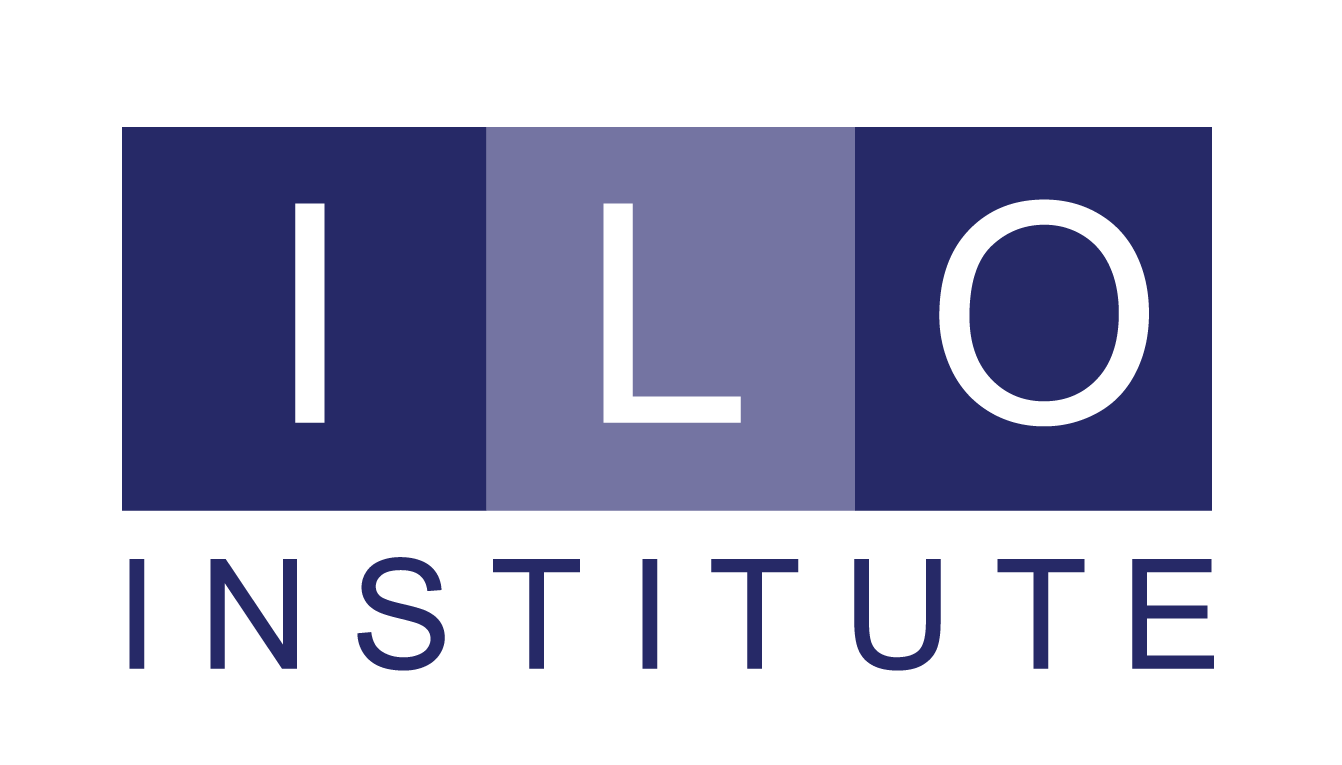Accelerating Product Development Post-Handoff
Research report for [redacted]
November 2018
Key Findings:
At consumer-products firm KCC (formerly Kimberly-Clark), the head of digital innovation has focused in recent months on bridging the gap between what he calls “the innovation flywheel” and the “production flywheel.” As at many firms, the connection between the two has been largely unstructured and poorly planned.
Mixing innovation staff and production staff through a longer hand-off process at KCC has begun to make a strong difference. The tempo and workstyle of the innovation group nudges the production group to be faster, while deep exposure to real-world production challenges helps the innovation staff make more efficient decisions within constraints.
Michael Arena, global chief talent officer at GM, emphasizes the “value of social capital and social learning, which we often neglect,” in team blending as at KCC. “The transfer of work-style as well as knowledge is what happens when we mix folks from different roles and with different habits,” he tells ILO.
“Much better to have the change message move through one-to-one social interaction in the productive work space, where ideas are exchanged, plans are made and some work is actually getting done that’s not already entirely codified.”
Bottom line: that a longer hand-off with a better mix of people from both teams creates a shorter time to delivery. Toyota has been acting on this insight through a highly funded prototyping program, special prototype production facilities, and large dedicated staff since its move in 1987 to build a tailored version of the Toyota Production System for prototyping.
Verizon, Amazon and P&G are among the firms that run boot camps for internal teams and for external partners to help support a faster work-pace in production areas.
Verizon’s Sasir Padhy shared with ILO that “the boot camps are the element that drives speed. We have to teach teams both internally and externally how to move the process forward faster. You can’t do it through memos. You have to do it through working together at a fast pace.”
P&G’s Clay Street Project pulls staffers from their usual jobs for residencies in an intensive work-and-training environment to expose them to new technologies and new product-management processes, and then expects them to be resources and advocates back in their main roles.
Head of a key Amazon product group shared that he’s launched a series of bootcamps for his key customers. “It can be surprising when you work in this kind of environment that works super-fast to see the ordinary pace as it kicks in on projects you’ve teed up, but it’s something you can train people up for.”
Jonathan Murray’s “Composable Enterprise” model is well suited to the work of streamlining post-handoff development work in large organizations. Four steps drive the process:
- The Minimal Function – Compound business processes are broken down into the minimized set of ‘atomic’ functions.
- Least Dependency – Individual business functions should be designed to minimize dependency on any other function.
- Shared Knowledge – Data governance and security policies should be designed to maximize safe access to data to the broadest audience. Functions are prohibited from maintaining ‘Private’ data sets.
- Predictable Contracts – Each function defines the information and authorizations it requires, what work product will be output and provides quantified performance guarantees.
University of Pennsylvania Health System Chief Innovation Officer Roy Rosin applies these principles more broadly, looking for the chance to chunk processes into platforms in prototyping and early production phases:
“In the prototyping process, in the supply-chain build, in the gearing-up for production, what did you do in the last iteration that can be systematized and replicated for the next one? I want to look at every process and do kind of an audit and ask, how much of this process can be platformed?”
Intel’s “Tick Tock” model of product development takes a similar path, alternating
pure product development with higher-level capacity and process improvement.
One phase of the Tick Tock cycle is focused on the enabling platform advances,
and the next phase focuses on microarchitecture for new offerings geared toward vertical applications.
AT&T, FedEx and Avanade have all found that formal programs bringing customers into the new-product process have had dramatic effects speeding up development, particularly post-handoff –
- AT&T through its Foundry accelerator program,
- FedEx through the efforts of program leaders pushing customers into the offices of hand-off receivers, and
- Avanade through an innovation contest driven, in its final phases, by customers themselves identifying the new offerings they support – and want to see in production and ready for use.
Samsung has applied similar social dynamics in its European Innovation Centre with strong results – but mostly with internal customers. The closeness to internal customers has led to different portfolio decisions, and much faster speed to hand-off and to market.
Finally, a focus on delay, rather than speed, can create vivid opportunities for faster forward motion. Three best practices have emerged among the companies we’ve worked with who have taken this approach:
